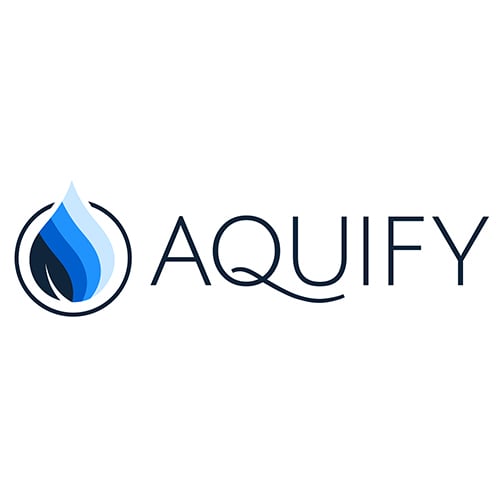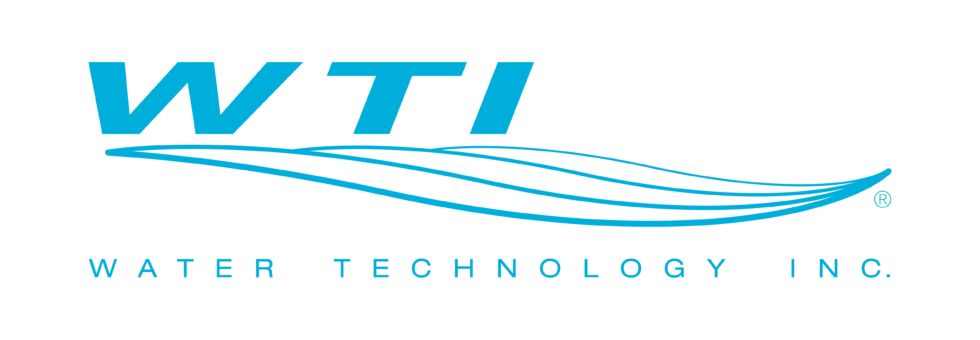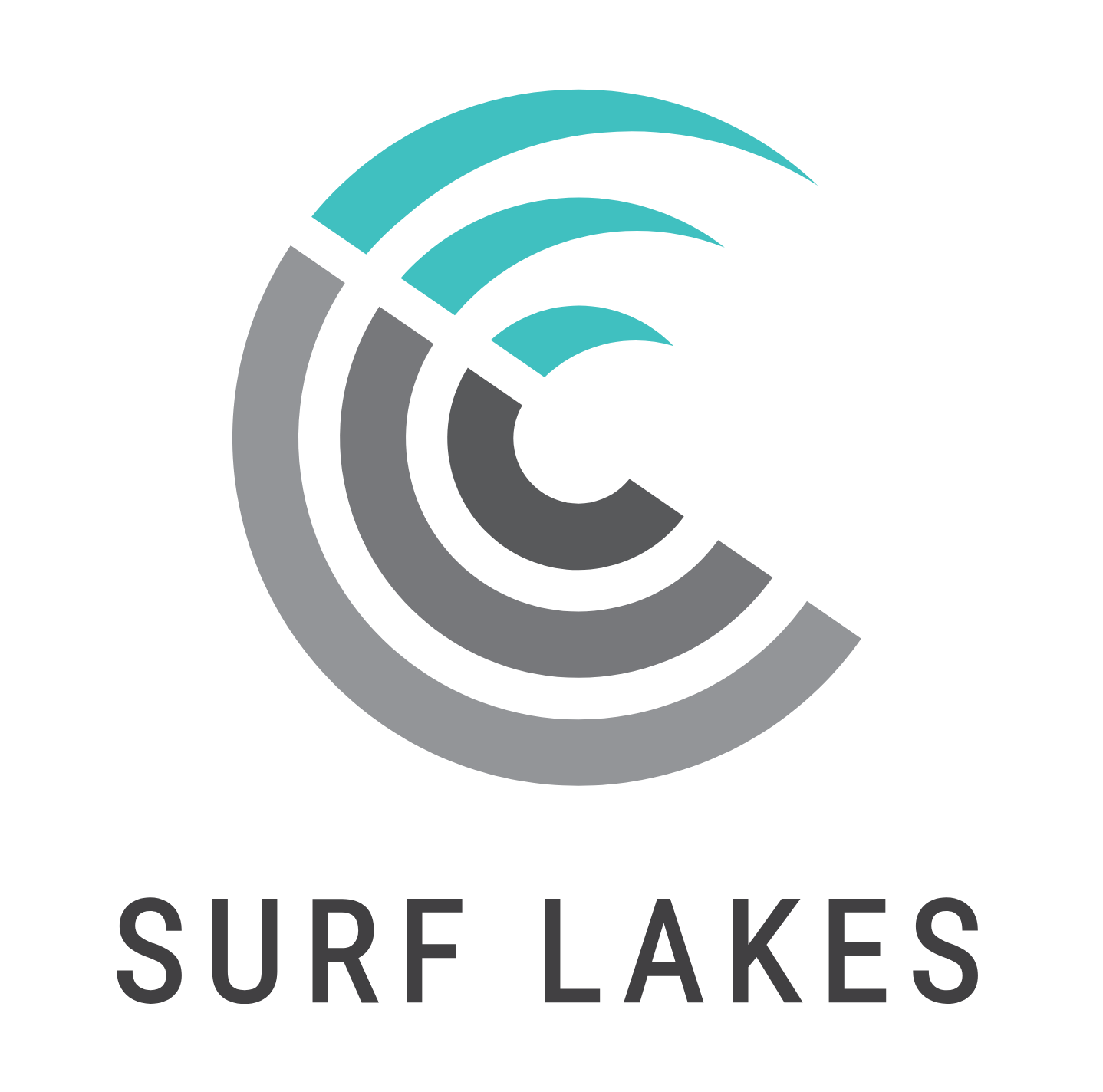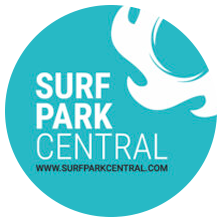The growing surf park industry is attracting longtime leaders from the commercial real estate industry. While the wave technology may be fairly new, creating an experience through well-planned designs and understanding what makes a successful development is not.
Organizations like Kimley-Horn, one of the nation’s premier planning and design consulting firms, have been working within the surf-anchored real estate industry for about a decade now. Currently, they’re focused on Atlantic Park and have played a major role in helping the massive development come to life.

Surf Park Central spoke with Kimley-Horn’s David Dallman, PE, and Chris Falce, PE, LEED AP, about the project and the state of the surf park industry.
Surf Park Central: Let’s start by talking about Atlantic Park. Can you walk me through your company’s involvement in the project?
David Dallman, PE: Sure. We’ve been involved with Atlantic Park since its early conceptual stage. We’ve been thoroughly reviewing the site, which has gone through several iterations over time. Originally, the area was home to a music venue called “The Dome” in the ’70s and ’80s. That was eventually demolished, replaced with a municipal parking lot, and later became known as the “Treasures Lot.” There were several unsuccessful development attempts over the years.
We conducted the due diligence and ultimately helped shape what became Atlantic Park—about three city blocks in total, with the marquee component being the surf park.
Surf Park Central: What did your work include in terms of design and infrastructure?
David Dallman, PE: The surf park sits on a 2.3-acre site, about a block and a half from the ocean. The Kimley-Horn team handled the comprehensive site design effort. This included rebuilding surrounding streets, relocating utilities and power lines underground, and elevating the overall aesthetics of the area. We collaborated closely with architects, Wavegarden, and other partners to develop a unified and functional site plan. Our scope also covered landscape architecture and the design of elevated amenities like decks and pads. It was truly a multidimensional design challenge, bringing together civil, structural, and experiential elements to create a seamless and engaging environment.
Surf Park Central: What were some of the unique factors you had to consider when designing a project of this size?
David Dallman, PE: One of the earliest and most critical considerations was traffic. The site is located just a few blocks from where Interstate 264 ends at the oceanfront, and Atlantic Avenue already experiences significant congestion. Integrating a major mixed-use development into this environment required extensive traffic studies to ensure we could support increased activity without straining existing infrastructure.
Stormwater management was another key challenge. Virginia has some of the most stringent stormwater regulations in the country. Fortunately, we were able to leverage the site’s existing impervious coverage, and this is where the innovation shines. We used the surf lagoon itself as part of the stormwater strategy. During heavy rains, the lagoon temporarily retains stormwater and then releases it gradually after the storm passes. This approach allowed us to avoid building additional infrastructure, saving both time and cost, while meeting regulatory requirements.
Surf Park Central: What would you say were the biggest challenges during the project?
David Dallman, PE: Permitting was one of the most significant design challenges. Since no surf lagoon had ever been built in Virginia, we were navigating uncharted territory with regulators. Initially, the lagoon was treated like a swimming pool, complete with chlorine requirements, which doesn’t align with how surf lagoons operate. We worked closely with the state to help update those standards and establish a more appropriate regulatory framework.
On the construction side, two major challenges stood out. First, we had to relocate all overhead power and communications lines underground. The existing right-of-way was packed with layers of legacy wiring, and finding space to accommodate everything required careful coordination and creative problem-solving.
Second, building the lagoon so close to the ocean introduced groundwater issues. Lowering the water table drew in contaminants from surrounding areas, and the oceanfront has a history of legacy contamination. Treating that groundwater became a top environmental priority before we could continue construction. It was a complex but critical part of delivering a safe and sustainable project.

Surf Park Central: Atlantic Park is one of the most anticipated projects in the industry. For developers looking to launch their own surf parks, what advice would you give?
David Dallman, PE: Start with a clear and well-defined vision. When everyone involved understands the end goal from the outset, it creates alignment across disciplines and helps key components advance on schedule, rather than constantly reacting to changes.
Atlantic Park is a uniquely urban surf park, and with so many interconnected elements, it was critical to lock in certain foundational pieces early. That allowed the rest of the project to build around them efficiently. Without that clarity, you risk a cascade of revisions and delays. In a project of this scale, time truly is money, and a strong vision is what drives momentum and precision.
Surf Park Central: Let’s zoom out a bit. The surf park industry has clearly evolved in the past few years. What initially drew your company to this space?
Chris Falce, PE, LEED AP: We started looking at surf parks and artificial lagoons nearly a decade ago. Recognizing early on that these concepts were poised to become real mixed-use development opportunities both in the U.S. and internationally. Attending Surf Park Summit in San Diego helped us stay ahead of the curve and connect with others shaping the future of the industry.
Our experience with large-scale, unconventional developments, especially with artificial swimming lagoons, gave us a strong foundation for understanding the complexities of getting projects of this size approved and built. As a multidisciplinary firm, Kimley-Horn is uniquely positioned to support surf park developments from every angle: planning, civil engineering, traffic, aquatics, and more. That breadth of expertise allows us to bring integrated solutions to the table and help our clients realize their vision.
Surf Park Central: As more surf-anchored projects go online, what kinds of growth or demand have you seen on your end?
Chris Falce, PE, LEED AP: We’ve seen tremendous growth across our surf park teams, from planning and engineering to aquatics. In response to rising demand, we’ve even created dedicated internal groups to offer more turnkey services tailored to developers.
These projects are incredibly complex. They involve everything from traffic and drainage to permitting and environmental considerations. Success requires a team that understands how all the pieces fit together, and that’s where our multidisciplinary approach makes a difference. Most developers haven’t worked with surf parks before or navigated how to integrate them into broader mixed-use communities. We bring that full picture perspective to the table.
I often tell clients: “We can play all nine positions on the baseball field, or just one, whatever you need.” That flexibility and depth are what allow us to meet developers where they are and help bring their vision to life.
Surf Park Central: What do you think are the biggest challenges facing the industry today, especially when turning concepts into reality?
Chris Falce, PE, LEED AP: One of the biggest hurdles is navigating regulatory approvals. Every state has its own set of rules, and many don’t yet have a clear framework for surf parks. That uncertainty can slow down the process significantly. The longer it takes to secure approvals, the more costly the development pursuit becomes. Financing is another challenge. Securing debt and equity for these types of projects can be complex, especially when the concept is still unfamiliar to many investors.
From an engineering standpoint, utility availability, geotechnical and groundwater conditions, grading, and environmental constraints all vary widely by location. We’ve seen these challenges firsthand in places like California and Virginia Beach. And because many local jurisdictions have never reviewed a surf park before, there is often hesitation, simply because it is a new territory. That’s where having a team with experience in other markets makes a real difference. When officials can see how similar projects have succeeded elsewhere, it builds confidence and helps move things forward.
Surf Park Central: Mixed-use models seem to be gaining traction. How important is that component to making these developments viable?
Chris Falce, PE, LEED AP: Mixed-use is absolutely critical. From a financial standpoint, it is difficult to justify a standalone surf park without complementary elements like food and beverage, hospitality, or retail. The wave technology is still maturing, and operational costs can be significant, especially in the early stages when you’re building brand awareness and community engagement.
Those other revenue streams are what help stabilize the project and make it sustainable. That’s why it’s essential to develop a strong capital and operating expense model, conduct thorough market studies, and understand the full revenue mix potential.
At Kimley-Horn, we bring a multidisciplinary approach to that process. Our planners, engineers, and analysts work together to build actionable proformas that help our clients make informed decisions and set their projects up for long-term success.
Surf Park Central: Totally. Is there any final advice you’d give to others in the surf park industry looking to build successful projects?
Chris Falce, PE, LEED AP: One big takeaway: not every consultant needs to do everything on every project. As an industry, our focus should be on making these developments successful because when more projects succeed, the entire surf park ecosystem benefits.
That starts with assembling the right teams, understanding the full development process, and being transparent about budget and schedule from day one. Many project setbacks stem from unclear fundamentals. Getting those right early is essential.
If we build a stronger track record of successful projects, it gets easier for developers to secure financing and gain stakeholder confidence. That’s what will ultimately drive growth and momentum across the industry.































You must be logged in to post a comment Login